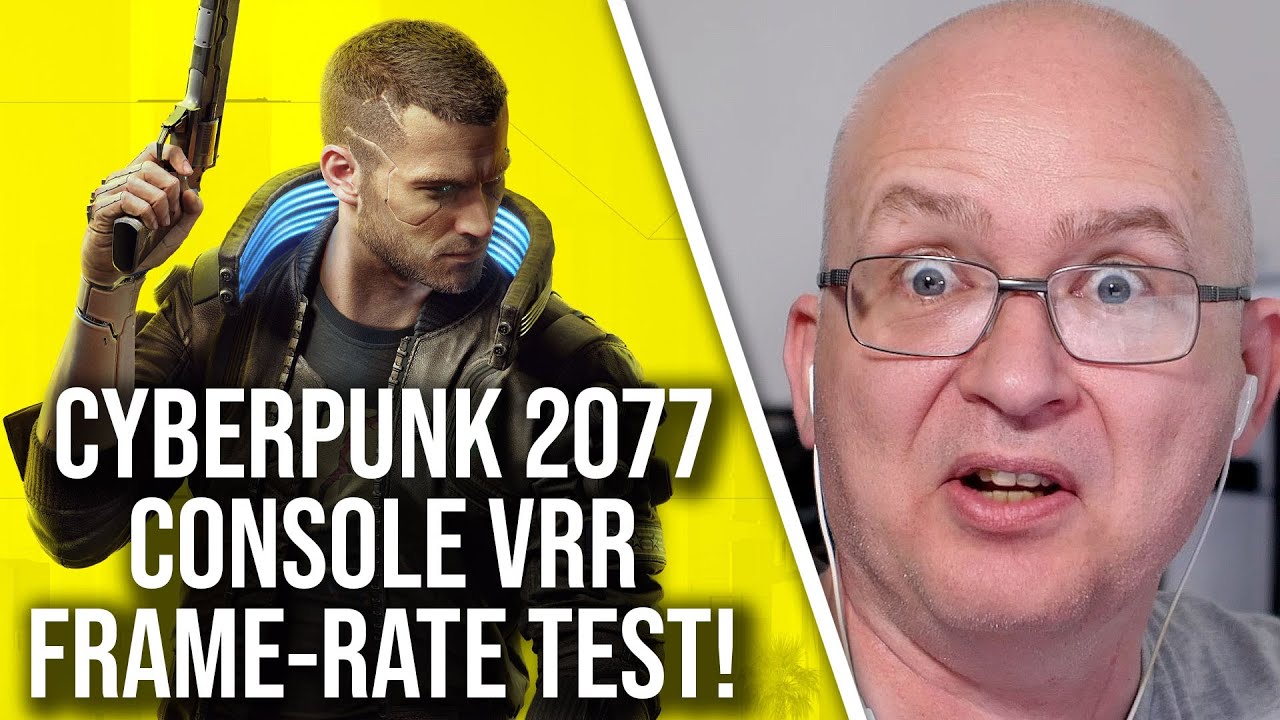Cyberpunk 2077’s 2.3 update introduces variable refresh rate (VRR) support, significantly boosting performance on the PlayStation 5 Pro by enabling frame rates up to 80-90fps and dynamic resolution scaling, resulting in smoother gameplay and reduced input lag. While the base PS5 sees minimal gains and ray tracing improvements remain modest, the update marks a meaningful enhancement for PS5 Pro users without an official dedicated upgrade patch.
The recent release of Cyberpunk 2077’s 2.3 update introduced several new features, with variable refresh rate (VRR) support for console versions being the standout addition. Notably, Cyberpunk 2077 does not have a dedicated PlayStation 5 Pro upgrade, but VRR enables unlocked frame rates that result in significant performance improvements, especially on the PS5 Pro. While the base PS5 sees little benefit, hovering around a stable 60fps, the PS5 Pro leverages VRR to push frame rates into the 80-90fps range in performance mode, delivering smoother gameplay, reduced input lag, and a more responsive experience.
The performance gains were measured using CD Projekt Red’s internal benchmark systems, providing consistent comparisons across hardware. On the PS5 Pro, the game runs at a dynamic 1440p resolution, generally higher than the base PS5’s typical 1200p, contributing to the visual and performance boost. However, some benchmarks, like the city center tank sequence, showed more modest improvements due to CPU limitations affecting streaming. Overall, the PS5 Pro offers a meaningful upgrade in frame rates and visual fidelity without an official patch specifically targeting the hardware.
When it comes to ray tracing mode, which was previously locked at 30fps, the VRR support now allows the frame rate to fluctuate between 30 and 40fps. The PS5 Pro tends to maintain a near-constant 40fps, while the base PS5 experiences more variability and occasional choppiness. Despite this, the ray tracing enhancements on consoles remain limited, focusing mainly on local light shadows rather than more demanding features like sun shadows or reflections. This limitation likely stems from the high CPU and GPU costs associated with full ray tracing effects in a large, dynamic open world like Night City.
An interesting technical aspect of the update is the combination of VRR with dynamic resolution scaling (DRS), which is unusual since VRR typically locks resolution for consistency. The game dynamically adjusts resolution alongside frame rates to optimize performance, particularly on the PS5 Pro. This hybrid approach helps maintain smoother visuals without sacrificing too much graphical quality. Overall, the update is a solid step forward in enhancing Cyberpunk 2077’s console experience, especially for PS5 Pro owners, even if it falls short of a full-fledged next-gen upgrade.
Finally, the continued support and improvements by CD Projekt Red for Cyberpunk 2077, years after its troubled launch, are commendable. The developers have steadily enhanced the game’s performance and features, demonstrating long-term commitment to their player base. While the base PS5 benefits modestly from this update, the PS5 Pro’s performance gains bring the console experience closer to PC-level smoothness for this demanding title. Although some fans hoped for a dedicated PS5 Pro patch with deeper ray tracing enhancements, the current VRR implementation and performance boosts already represent a meaningful evolution in how the game runs on modern hardware.
